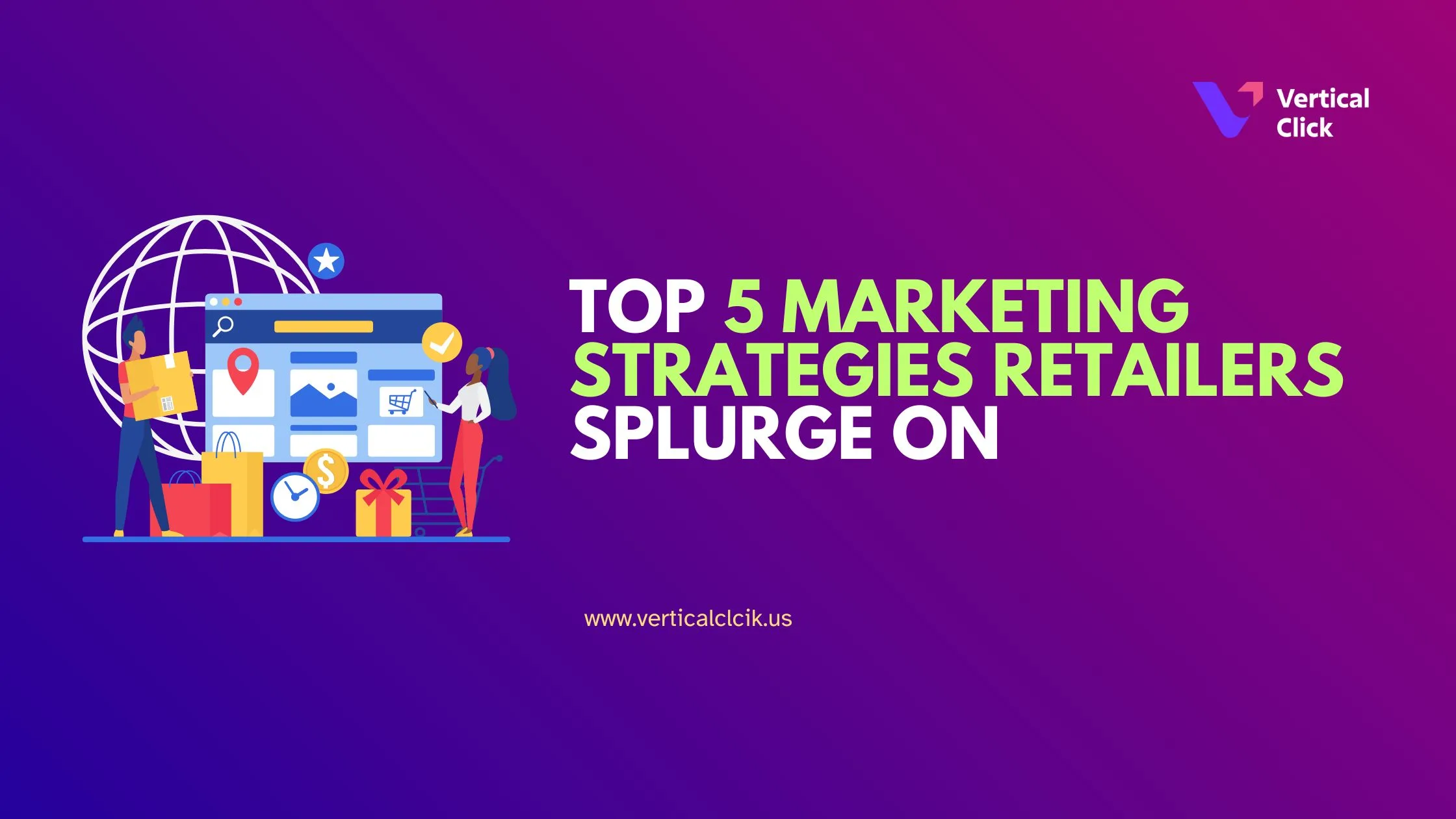Marketing is a vital area where businesses can invest heavily to attract, engage, and ultimately retain customers in today’s competitive retail environment. In order to increase sales in the short term and establish long-term brand equity, some retailers will allocate as much as 50% or more of their yearly marketing budgets to a small number of high-impact tactics, according to studies and industry reports. The following five crucial areas are where that budget is most commonly allocated:
1.Digital Marketing (Social & Search Advertising)
The majority of retail marketing budgets will continue to be dominated by digital advertising. Google pay-per-click (PPC) advertising, online display ads, and sponsored advertisements on Facebook, Instagram, TikTok, and YouTube are all included in this.
Reason for high price: Retailers compete fiercely for customers’ attention, especially during holidays and busy seasons.
ROI focus: the size of brand visibility, retargeting site visitors, and sales speed.
- Affiliate and Influencer Marketing
Influencer marketing changed from being a specialized fad to becoming almost universal today. In order to promote products in their own genuine ways, retailers frequently collaborate with affiliate marketers, content producers, and social media influencers.
Influencers provide you with targeted, loyal audiences with higher conversion potential.
Area: Sponsored content, product sampling, affiliate commissions, and platform-wide influencer campaigns are examples of revenue streams.
- Email and text message marketing
Even though they are more traditional strategies, they are still a part of customer-focused communications and retention plans. They are famous tools such as Klaviyo, Mailchimp, and Attentive.
How much money is allocated to A/B testing, automation tools, list building, and the creation of original content?
Goal: Promote personalized offers, abandoned cart recovery, and repeat business.
- SEO and Content Marketing
Optimized product descriptions and engaging content, like blogs, videos, and guides, can help you gain long-term visibility in search results.
High-cost areas include content creation (writer, SEO specialist, videographer) and investment in search tools like SEMrush and Ahrefs.
Long-term benefits include increased organic traffic, established brand authority, and lower customer acquisition costs.
- Promotions, Discounts, and Loyalty Programs
A significant portion of the funds are devoted to retail projects that use flash sales, loyalty reward programs, and seasonal promotions to draw in and keep consumers.
How budgets are spent: lower margins as a result of sales In addition to the expenses of actually fulfilling rewards, loyalty also needs a technological infrastructure to function.
Reason: Increase customer engagement, increase average order value, and boost lifetime value.
Conclusion
When allocating their marketing budget, retailers need to be strategic. While these five areas consume a significant portion of budgets, they have the greatest potential for return on investment, customer loyalty, and brand expansion. For retail to be successful in the long run, these factors make balanced spending across these channels and continuous performance analysis essential.
